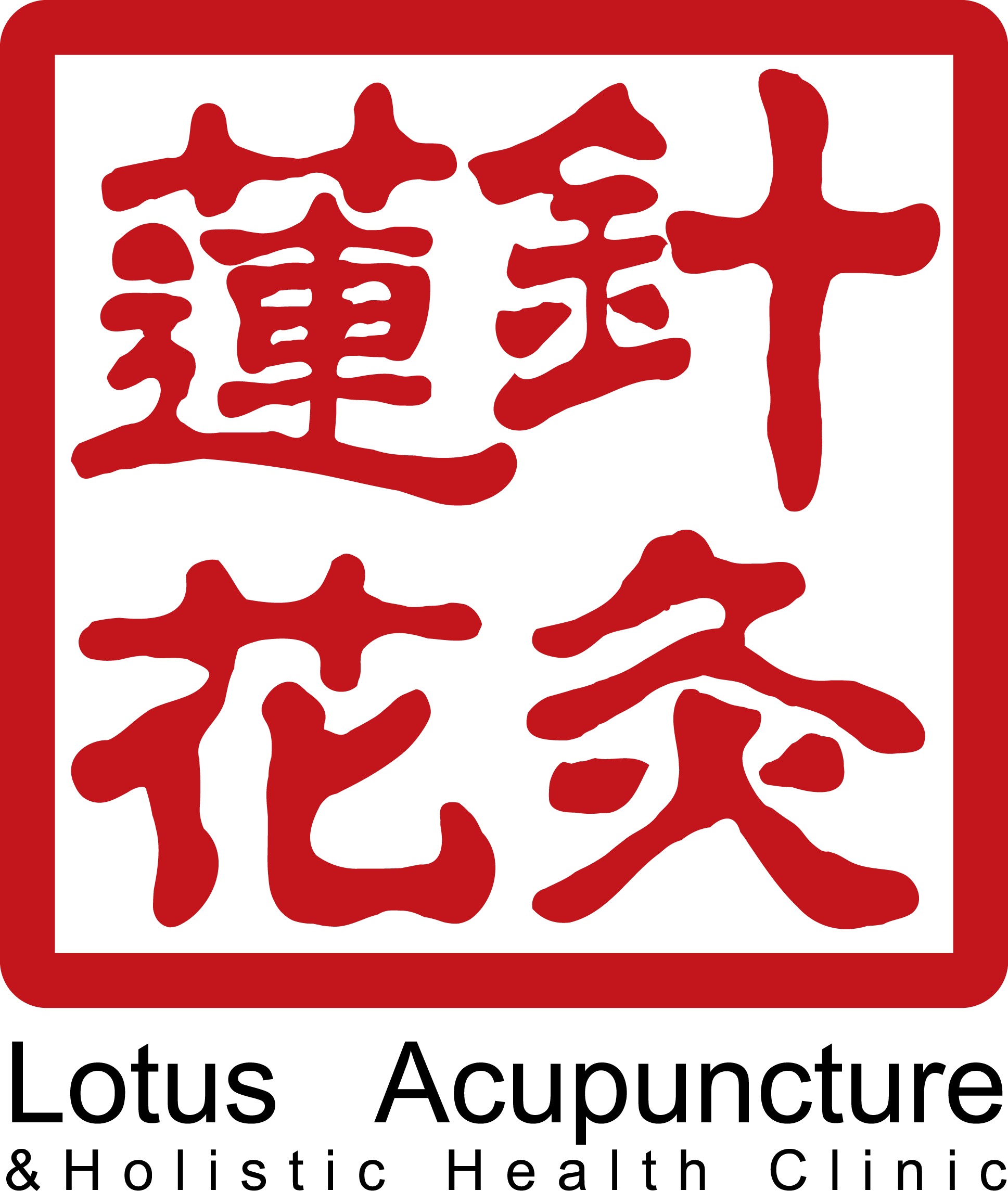LYMPH DRAINAGE AND DECONGESTIVE THERAPY
What is lymphedema?
Lymphedema is a swelling due to abnormal buildup of fluid in body tissues. It can develop when the lymphatic system is improperly developed or damaged through trauma or injury. Often becoming a chronic condition, it occurs most frequently in the limbs but can affect other parts of the body.
How does the lymphatic system work?
The lymphatic system plays an important role in the immune system and helps maintain the balance of fluids in the body. Lymph nodes filter out harmful cells for removal by the body’s defense system. Like a drainage system, fragile vessels carry lymph, composed of extra fluid, protein and cellular waste products from body tissues back towards the circulatory system. Lymph flow is activated by contraction of lymph vessels, muscle movement during exercise, and deep breathing.
What causes lymphedema?
There are two main types of lymphedema: primary and secondary. Primary lymphedema either appears at birth or at any time of life, usually for reasons unknown. Secondary lymphedema occurs when the lymphatic system is damaged as a result of trauma, surgery, or radiation. It can be a side effect of cancer-related surgeries that require the removal of lymph nodes, including surgery for such cancers as: breast, skin, reproductive system (ovaries, uterus, prostate, and testicles), head and neck, bladder and colon. Lymphedema may occur months or years after surgery.
TREATMENTS FOR LYMPHEDEMA
Treatments focus on improving the drainage of lymphatic fluid with Manual Lymphatic Drainage
and on realizing the benefits of compression with appropriate garments for day and for night use.
Manual lymph drainage (MLD)
Manual lymph drainage (MLD) is a specific, gentle massage. MLD stimulates lymph flow and redirects the lymph fluid to areas of the body where the lymphatic system is functioning. Special techniques help to break down fibrous tissue.
Compression garments
Compression garments keep swelling down by providing support and are an essential part of treatment. They can be ready-made or custom-made, but they must fit properly. Most compression garments are worn during the day, especially during times of high activity, and removed at night. Special Compression garments have been developed for night use and to replace bandaging.
Pneumatic pumps
Pneumatic pumps are sometimes used to treat lymphedema. Pumps are best used in conjunction with CDT. Talk to your therapist if you consider using a pump.
Diuretics
Diuretics are generally not recommended for the treatment of lymphedema because they extract water from the lymph, worsening the buildup of protein which can harden tissues. Do not reduce or discontinue diuretics without consulting your physician, especially if they are part of a prescription for a heart related condition.
For more information and to schedule a consultation, please contact Evamaria Burgstaller, CMT, CCP, MLDT @ phone# 757-404-5703




